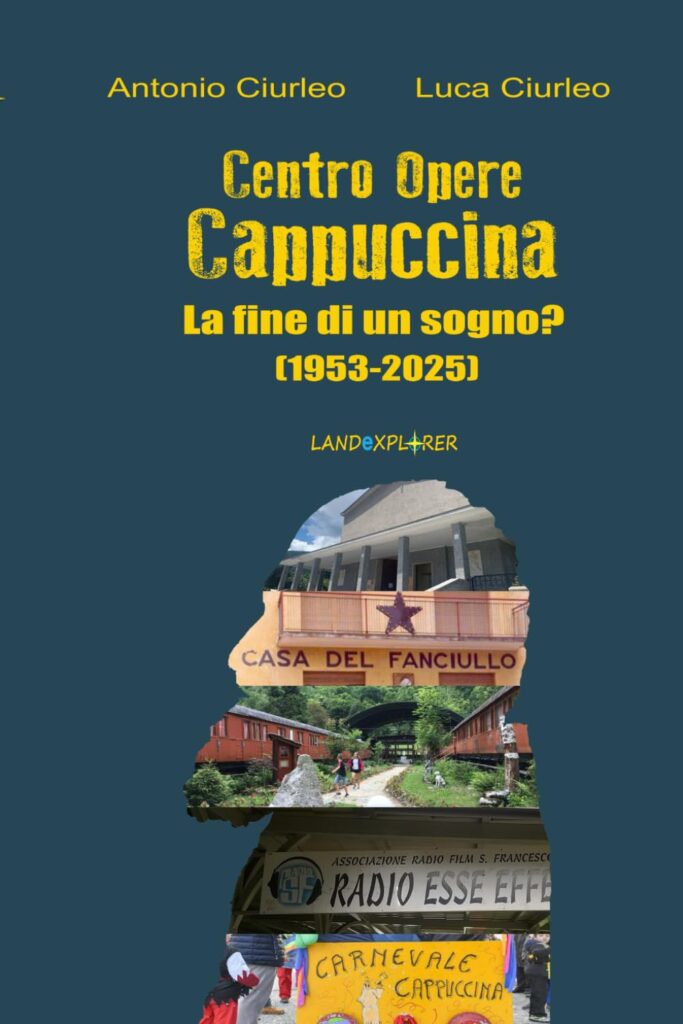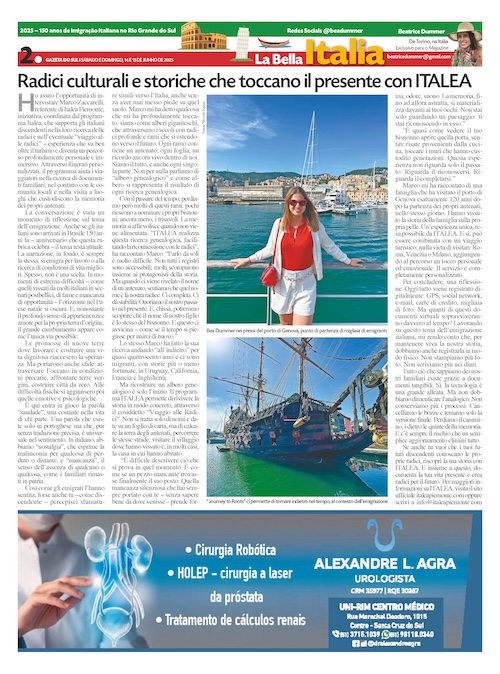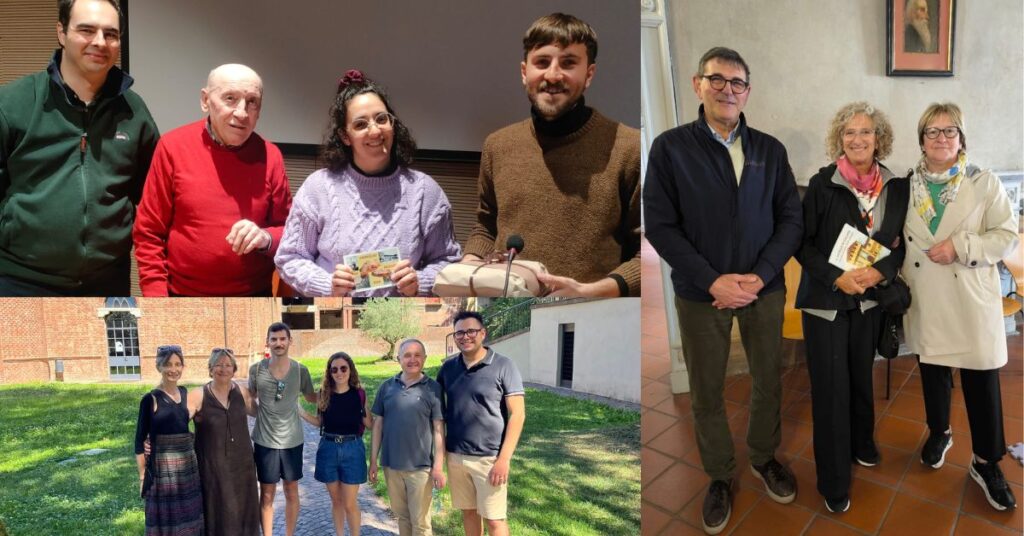On Friday 13 June at 9:15 pm at the sports facilities in the Cappuccina district in Domodossola, province of Verbano Cusio Ossola, the essay “Centro Opere Cappuccina: the end of a dream? (1953-2025)”, written by Antonio and Luca Ciurleo, established journalists who have investigated the history of this district of Domodossola born from internal Italian migrations, in particular from a strong Calabrian community.
Italea Piemonte has granted free patronage to the initiative with a high cultural value because in addition to emphasizing the theme of Italian internal migration, that is, from the south to the north in search of better living and working conditions and their difficult socio-cultural integration mediated by Father Michelangelo, a Capuchin friar, it also touches on another very interesting and little-known theme: The story of the hidden children.
To better understand and deepen these incredible stories where Italian children in Switzerland lived imprisoned in small ravines and hovels without ever having to leave the places of refuge, we must retrace the history of Italian emigration to Switzerland.
Italians began to join the Swiss confederation en masse as early as 1870, for the works on the Gotthard railway tunnel and since then they have influenced Swiss society like no other group of immigrants. The peak of this migration took place between 1960 and 1980 and there were about 5 million Italians living and working in Switzerland.
In this context, the famous “Statute of the Seasonal Worker” is inserted, this legal act was introduced in Switzerland in 1934 and establishes that companies can hire foreign labor for the season and that at the end of this this labor must return to their country of residence. During their stay in Switzerland, these workers do not have the right to change jobs or domiciles, nor to be joined by their families. A seasonal worker can stay in Switzerland for a maximum of 9 months.
Seasonal workers lived in unhealthy wooden shacks far from inhabited centers, often working 50 hours a week if not more to earn on average, 15% less than their Swiss colleagues. The phenomenon of seasonal workers mainly affects men, but many women have also worked in Switzerland as seasonal workers, mainly in the food or textile sector.
The phenomenon of seasonal work was even, several times, limited by the extreme right-wing parties and in 1970 there was the famous Schwarzenbach initiative which promoted a reduction of the foreign population to 10% (fortunately it was not implemented) which risked causing the departure of about 300 thousand foreigners!
A direct effect of the Swiss migration policies of 1900 and the status of the seasonal worker is the phenomenon of hidden children. Children who arrived in Switzerland illegally and were forced to live for months and years hidden at home, in the often vain hope of obtaining a residence permit and in the very real fear of being discovered and sent back across the border. There are about 5,000, according to authoritative sources, but up to 15,000 if we also count those from other countries such as Spain and Portugal, between the end of the Second World War and the 1970s. Some of these children arrived in Switzerland hidden in the hood of a car.
In 1990, Neuchâtel was the first canton to admit children without a regular residence permit to school. It was only with the Convention on the Rights of the Child, signed by Switzerland in 1997, that illegal children were also granted the right to attend Swiss school.
In 2022, the Seasonal Status is definitively abolished and those coming from the European Union enjoy freedom of movement.
For those wishing to learn more about this topic, we strongly recommend reading the comic book “Celeste, bambina scosta” by Pierdomenico Bortune and Cecilia Bozzoli, a work promoted by the Comites of Bern and supported by the Italian Embassy in Bern and the Ministry of Foreign Affairs and International Cooperation (MAECI).




